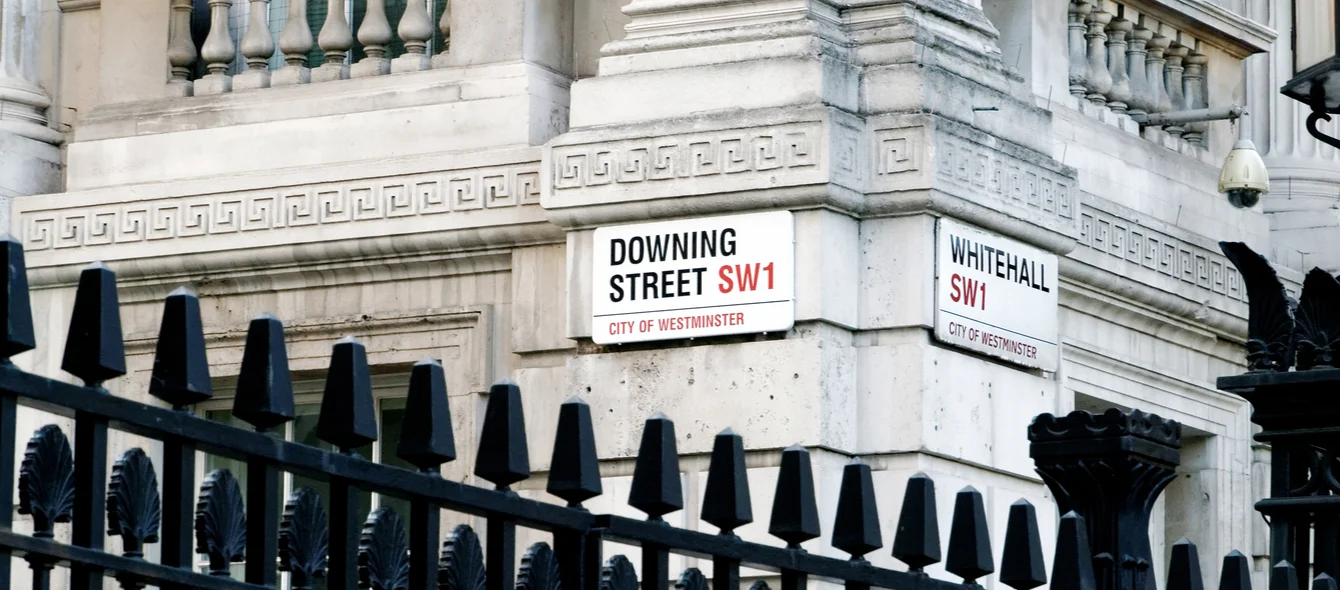The UK government has unveiled a ten-point plan to stimulate economic growth and achieve the country’s net zero emissions by 2050 goal.
Offshore wind is expected to make a huge contribution. Although the target had been announced previously, the government renewed its commitment to raising offshore wind capacity from 9.6 GW at the end of 2019 to 40 GW by 2030. This, the government hopes, will mobilise £20 billion of private investment in renewable energy. It intends to make offshore wind not just a source of clean power but a cornerstone of the UK’s industrial landscape by investing £160 million in modern ports and manufacturing infrastructure, with the aim of raising the domestic content of offshore wind projects to 60%. In July, the government also announced an Offshore Transmission Network Review to develop an efficient strategy for integrating more offshore wind into the grid.
In addition, the plan outlines new funds for research and development in the nuclear sector, potentially putting up to £385 million into an Advanced Nuclear Fund, the majority of which, £215 million, will be targeted at the development of Small Modular Reactors.
Low carbon heat
The green package aims for 5 GW of low carbon hydrogen production capacity by 2030. The principal aim is to address the UK’s dependence on natural gas for home heating. The government wants to see a ‘hydrogen town’, where all of the town’s heat is supplied by hydrogen, again by 2030. It has also set a target of installing 600,000 heat pumps every year from 2028. Earlier this year, the government announced a ban on gas boilers in new homes from 2025.
Capturing carbon
The package ups the government’s ambitions when it comes to Carbon Capture, Use and Storage (CCS). While previously two CCUS clusters were envisaged, the green package aims for two in the mid-2020s and four by 2030. The aim is to capture and store 10 million tons of carbon dioxide a year from 2030. Theindustrial clusters will be funded by a £1 billion CCUS Infrastructure Fund. The government sees CCUS as a new industry, supporting up to 50,000 jobs by 2030. The aim is to leverage the many potential sites off the UK’s coasts where oil and gas has been extracted, but which could now be used to permanently house carbon dioxide.
The development of CCUS may also aid the production of hydrogen from natural gas, while electrolyser capacity is scaled up. Emissions from the production of ‘blue’ hydrogen could be stored offshore, making the process low carbon. Carbon capture of a different nature will be supported by a reforestation programme and the creation of new National Parks and Areas of Outstanding Natural Beauty.
Green transport
Perhaps the most eye-catching announcement of all was the government’s decision to bring forward an end to new sales of petrol and diesel cars and vans to 2030 from an earlier deadline of 2040. Only Norway has set a more ambitious target for this measure of 2025.
There will be funding of £2.8 billion to support the UK car industry’s transition to electric vehicle (EV) production. Money will be funnelled into a nationwide recharging network and for the development of ‘gigafactories’ to produce the batteries required at scale. For UK consumers, incentives to buy EVs will be extended to 2022-23 through plug-in car, van, taxi and motorcycle grants. The government also looks set to grapple with the challenge presented by diesel Heavy Goods Vehicles. It will consult on a date for their phasing out and invest £20 million next year in trials to pioneer hydrogen transport and other zero emissions lorries.
In addition, the government will introduce measures to boost the use of public transport, cycling and walking, as well as a fund to investigate the potential for low or zero carbon shipping and aviation.
Green finance
Finally, the government aims to make the City of London the green finance centre of the world. This is a growing market that saw more about $265 billion green bonds issued last year. A green bond represents a loan to be used for environmental purposes such as climate change mitigation or clean energy production. In October, the UK government announced that it would issue its own first sovereign green bonds in 2021.
Photo credit: © shutterstock.com, Pres Panayotov
